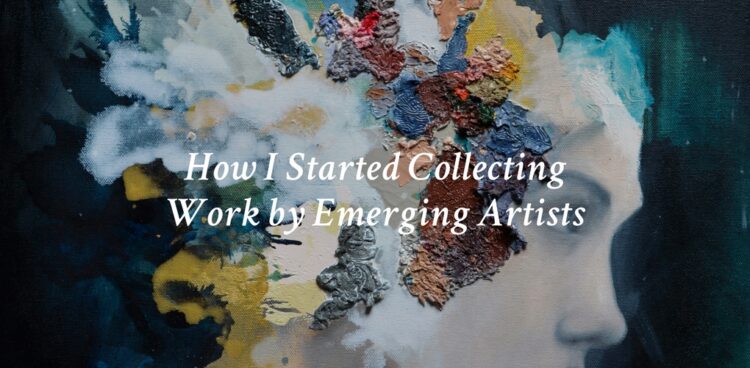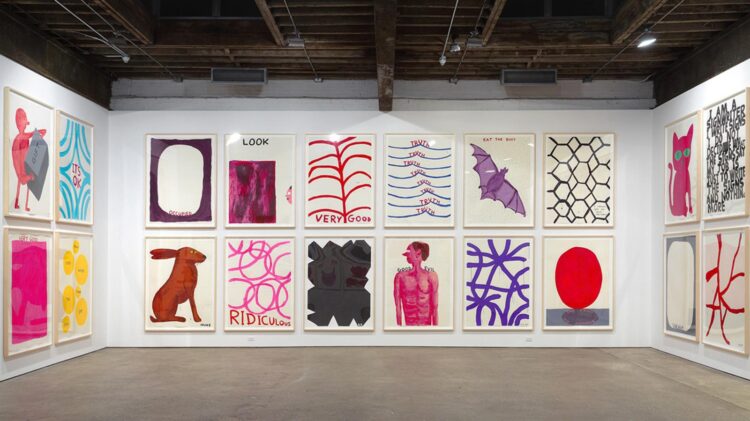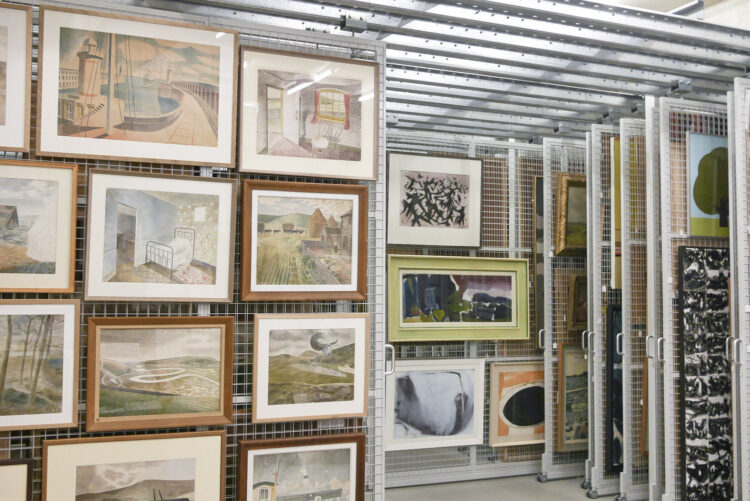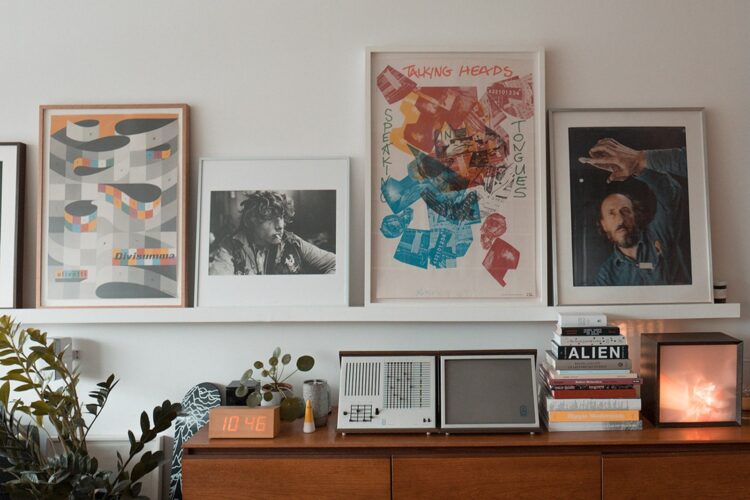Starting an art collection is one of the fastest-growing trends of the last decade. Art is becoming more and more accessible, and the art market is now much more friendly as compared to the past. However, many beginner collectors are still impacted by numerous common stereotypes and misconceptions that can adversely affect and even wreck their careers.
One such myth is that you should buy only high-dollar and trendy art to become successful. Though such an approach does exist, it is no longer a must-follow rule. Instead, modern experts encourage people to buy and collect artworks by emerging artists who adapt to changes much faster than their predecessors did.
If you burn with the desire to become a collector without breaking the bank, you should consider art by contemporary rising stars as an option. In case you wonder where to start, check out the following ten essential tips that will help you go into the matter and find out everything you need to succeed.
Before you continue
You might well ask a question like, “Why should I opt for paintings, sculptures, or photos by unknown artists?” There are several reasons for that. First of all, works made by up-and-coming artists are less expensive and therefore more buyable. Second, it is always a refreshing experience because you get to know people personally and can even make friends. Third, you make a long-term investment for the future as the value of art increases with time. Finally, you support the entire industry because you help and promote young blood. These are the main reasons why collecting contemporary art by young artists is a sound decision.
10 tips for collecting art by emerging artists
1. Set your goals

Starting is usually the hardest part of any process. To lighten your burden, you need to have clear goals to strengthen your motivation on rainy days. The more precise and achievable your goals are, the better it is for you. Goal setting will work best for people losing their motivation too fast. Sometimes, it is just important to have a higher purpose that will keep your dream alive.
2. Define love
“Do what you love” must be your art collecting motto. Not only should you love the process but you should also love the artworks you buy. Before you visit a gallery, you should decide what appeals to you most. It is all about how you feel it and how a certain style thrills you.
3. Make a plan if necessary

The fact is that lots of things might not go according to a plan, especially when it comes to building a collection. However, it doesn’t mean that making a plan is a futile idea. If you are good at managing time and predicting things, you should definitely give it a go. You don’t lose anything anyway.
4. Draw up a budget
Even though you are going to buy affordable artworks, you should be very realistic about your finances. There are many factors that can influence how much you will spend on art. That is the very moment to start asking yourself questions like, “How regularly do I plan to buy paintings?” or “How many artworks should I buy in a month or two?”
5. Turn to art advisors
The strike difference between buying fine items and collecting fine items is that the latter is usually organized and has a certain purpose. Yes, you need advisors or consultants who understand how the art market works and thus can suggest what should be bought in the first place and what is not as important for you as you believe. You can visit russianicon.com to find out more about art advisory & collection management services.
6. Know where to hunt

You won’t find many works by emerging artists at the leading galleries. Often, there is only a small percentage of beginner painters, photographers, and sculptors exhibiting their creations within the walls of prominent venues. If you want to stay within your budget, you need another reliable source. Luckily, the Internet can help you with that. Social media and specialized platforms like Artsy and Artnet are good places to find the necessary people and contact them for further collaboration.
7. Don’t wait for miracles
Once you decide where to look for artists, you will embark on a long adventure during which you will need to be patient. You are really lucky if you manage to buy your first piece in a week or two. Most of the time, it takes weeks and months to (a) find the right artwork, (b) contact an artist, (c) buy an item, and (d) wait when it is delivered to you. Patience makes perfect!
8. Establish contact with artists
Working with emerging artists might be fun, as these people are also new to the industry and hence don’t know a lot of things about it. However, it doesn’t mean that they are somehow worse than others. They are just not so popular yet.
9. Manage your collection

Your collection will undoubtedly grow with time. It is just inevitable. The more collectibles you have, the harder it will be to keep the balance and manage all of them simultaneously. That is why experts recommend making a habit of taking care of your collection from the very beginning.
10. Don’t be afraid to experiment
Taking a reasonable risk is always acceptable. When you start an art collection, you should try as many strategies as possible to single out collecting approaches that work for you best. It doesn’t mean, however, that you should put your career at risk. What you should do is step out of your comfort zone and overcome your fear.
Summary
Starting collecting artworks by emerging artists is beneficial and noble. When you buy pieces made by newbies, you both contribute to the development of the community and invest your time and money for tomorrow. With these tips in mind, you will be able to plan your way to success and avoid typical mistakes that many beginner collectors make.
 Hi Boox Popular Magazine 2024
Hi Boox Popular Magazine 2024



